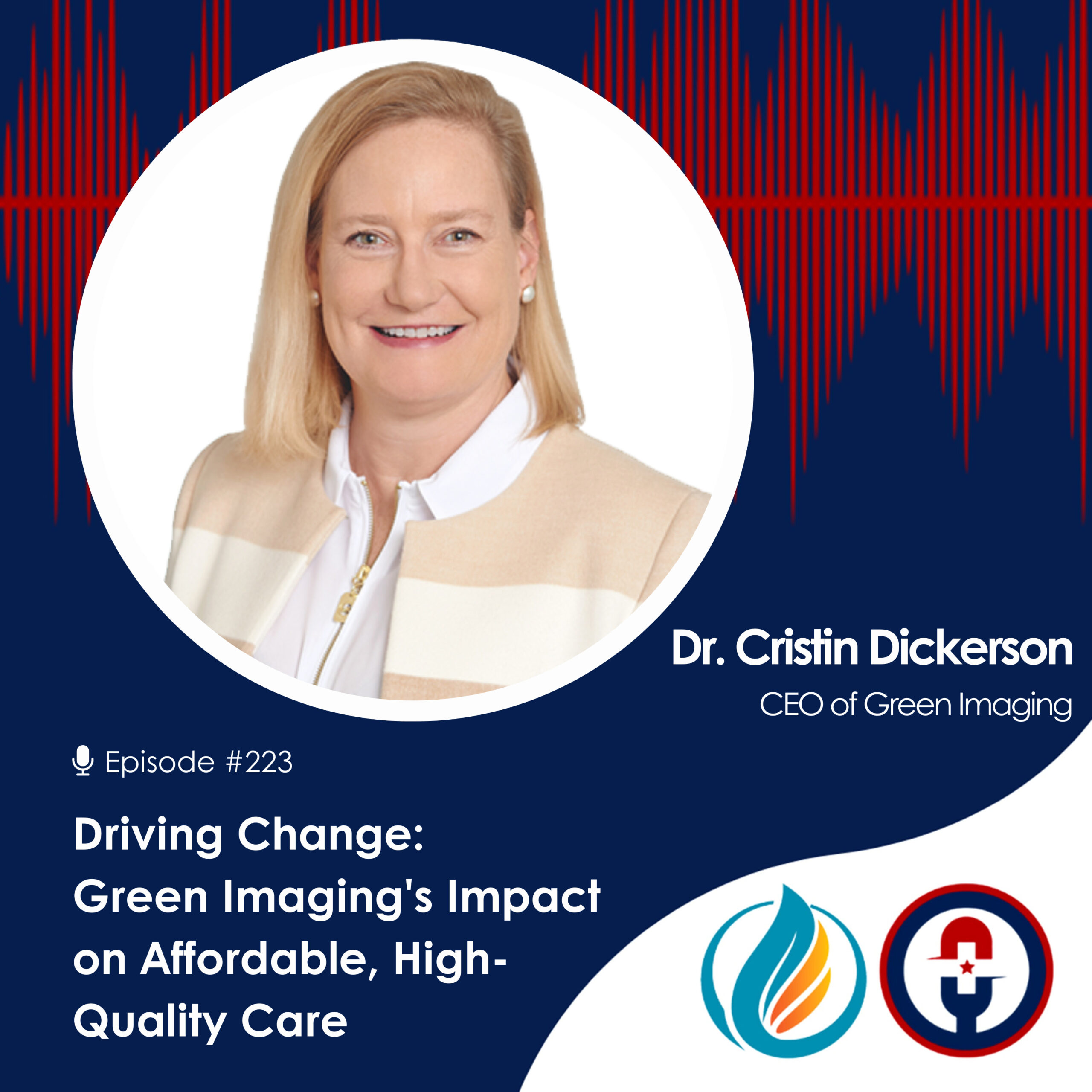Not All Monopolies Are Bad, Except When They Are

Why hospital and institutional conglomerates, and large physician groups are partially to blame for the high cost of healthcare in America.
American president and famed trust-buster Theodore “Teddy” Roosevelt is well-known to students of American history for taking on the big corporations of his time: Standard Oil, Tobacco Trust, and The American Sugar Refining Company, to name a few. But while Roosevelt is remembered for fighting for the American people and the public good, he was also careful to distinguish between what he considered to be “good” trusts or monopolies, and “bad” trusts. So-called “good” trusts, he contended, helped to lower the costs of goods and services while making an industry more competitive on the international stage. “Bad” trusts reduced competition, raised prices in a manner that hurt the American people, and served only to line the pockets of aptly-named robber barons.
Good monopolies increase competitiveness, lead to improved products and innovation, and reduce prices of goods and services for consumers. Bad monopolies do the opposite. Despite Roosevelt's valiant efforts, the battle against competition stifling and price-gouging continues to this very day. He believed in the free market and American way of life. And in his view, corporate monopolies that threaten the free market ought to be challenged.
"Consumers are paying more without realizing any improvements in the quality or quantity of the health care they receive -- a classic sign of a “bad” monopoly."
--- DR. CRISTIN DICKERSON, MD
Healthcare Cartels: The Trusts of Our Time
All the hallmarks of a classic “bad” Rooseveltian monopoly are present when one looks at the healthcare industry as it exists today. Large sectors of the healthcare industry, which comprises nearly 20 percent of the entire US economy, have experienced unprecedented consolidation. In fact, one of the unintended consequences of the Affordable Care Act (ACA), also known as Obamacare, has been an acceleration of this trend towards fewer, bigger players in the various regional healthcare market sectors. Once formed through mergers and acquisitions, these mega providers completely dominate local, regional, and even national marketplaces.
One of the most damaging side effects of the implementation of the ACA has been the rapid growth of consolidated hospital monopolies and physicians groups. As Theodore Roosevelt himself realized in his tenure as a progressive trust-buster, not all consolidation is bad. When consolidation occurs within a competitive marketplace, the resulting multi-hospital healthcare groups can often quickly, widely, and effectively disseminate standardized and streamlined care to communities within their regions. Lack of communications between the various healthcare specialties, for example, is said to be responsible for the untimely deaths of a quarter of a million patients per year. Perhaps if the consolidations resulted in better healthcare results, the massive spike in premiums would be worth it for society.
However, substantial research into the matter has shown that the current wave of consolidation in the healthcare sector has increased premiums without any measured impact on quality. That means consumers are paying more without realizing any improvements in the quality or quantity of the health care they receive - a classic sign of a “bad” monopoly. But don’t take our word for it, just look at the numbers.
7 Statistics that Show Today’s Hospital Monopolies are Bad For America and Bad for Business
- According to comprehensive studies by some of the world’s premier academic institutions, hospital prices were over 15 percent higher in markets with no competition compared to markets where more than three other major players each competed with one another. This cost difference amounted to about $2,000 more per admission to hospitals that did not have any real competition.
- Other sources claim price inflation as a result of rampant hospital consolidation to be even worse, with prices 20 percent higher as a result of the recent wave of mergers and acquisitions. Data collected by the Health Care Cost Institute indicates that hospital systems have utilized consolidation as a tool to raise prices 22 percent - four times higher than the comparable increase in physician pricing.
- The American Hospital Association, the leading lobbying group for hospitals, has spent 15 million dollars on lobbying in 2015 alone.
- Since the ACA went into effect, the rate of hospital mergers has increased by 70 percent. In 2015 alone, the rate jumped 18 percent.
- 3 of 5 hospitals in the United States now belong to a system. Models done by Deloitte projecting consolidation trends into the future predicts that the current number of existing systems will undergo further consolidation and be cut in half within a decade.
- One in four or 25 percent of all physician practices are at least partially owned by a hospital, 38% of physicians are employed by a hospital.
- Studies show that physician groups owned by local hospitals charged patients 10 percent more than groups owned by physicians themselves. Multihospital systems charged 20 percent more.
The Monopoly Arms Race
One of the detrimental effects of unchecked hospital consolidation has been the arms race it has set off in other parts of the healthcare sector. To improve their own bargaining positions relative to consolidated hospital conglomerates, health insurers and big pharma have followed suit. As of 2017, fully one-third of all counties in the US have just one insurance provider participating in their local Obamacare exchanges. Mergers and acquisitions in the pharmaceuticals industry have nearly doubled in terms of dollar amounts in 2015 alone. In the medical devices arena, fewer than five firms control over 75 percent of the market for a vast majority of medical devices.
Bad Monopolies Are Bad
Typically, the age-old adage that you “get what you pay for” has rung true in the transparent, rules-based market society of the United States. Unfortunately, when it comes to the healthcare sector, this adage is not so true. Prices vary greatly from one provider to another, from one clinic to another, from one hospital to another, from one region to another, from one doctor to another. A simple MRI procedure might cost $400 at a private imaging clinic. Or, it might cost $4,000 at a facility owned and operated by a hospital system. There is no baseline. The rules, if there are any, are obscured by secret negotiated deals, "referral fees", monopolistic practices, and markets run by a single provider in each sector.
Most consumers and employers alike pay more each year in the form of increased health insurance premiums, spiraling drug prices, and inflated hospital charges. Reduced competition, higher prices, and no appreciable increase in the quality of the goods or services provided, in this case, health care, are hallmarks of an industry owned and controlled by bad monopolies. As President Roosevelt would say today: “bad monopolies are bad.” We should do everything within our power as a society to introduce true marketplace competition and innovation into a stagnant industry, and for the greater public good.
The Free Market Difference
The emerging free market healthcare plans are saving employers money by excluding the middlemen where possible and providing direct local care rather than monopolistic care: direct primary care (DPC), direct orthopedic care, direct radiology services, etc.
My company, Green Imaging, has served the free medical market for over 5 years, providing direct radiology services all over Texas. The average Texan is 20 minutes from one of our centers and can save hundreds, if not thousands of dollars with a drive or even flight to our lower cost centers. Our high-quality imaging services such as MRI, CT, PET/CT, and ultrasounds are available for up to 80 percent less. We offer transparent pricing with no hidden referral fees. Affordable MRIs start as low as $250 with no sacrifice in image quality and are read by board certified, and fellowship trained radiologists who add value to the healthcare market.
Green Imaging is just one example of how direct and local health services can help change the American healthcare market and economy. Small steps can lead to major changes, so we work daily to mentor and support like-minded healthcare practices and work locally and regionally with the Free Market Medical Association and Association of Independent Doctors to foster the burgeoning new employer sponsored healthcare marketplace.
Don’t pay secret rates for an MRI. Go Green Imaging instead!








